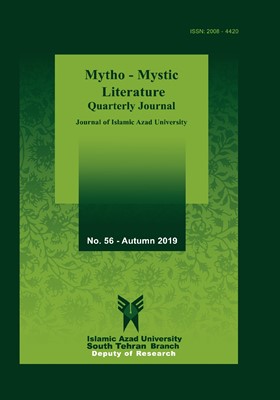Recognizing the Position of Imagination in Architecture Based on Masnavi Manavi
Subject Areas : MythoReihāneh Nikravesh 1 * , Zhāleh Sābernejād 2
1 - Ph. D. Candidate of Art and Architecture, IAU, South Tehran Branch
2 - The Assistant Professor of Art and Architecture, IAU, South Tehran Branch
Keywords: architecture, Masnavi Manavi, Imagination, Jalāl ad-Dīn Rūmī,
Abstract :
Imaginary perception is one of the perceptual stages that artists rely on it to create works of art. Moreover, imagination helps the artist to realize his ideas and acts as interface between apparent senses and reason. By using descriptive-analytical method and relying on the thoughts of Jalāl ad-Dīn Rūmī in Masnavi Manavi, the present study attempts to study the various dimensions of imagination and its role in the creation of architectural works. The results indicate that the recognition of the imaginary forms and the imagination of the final form of the works of art are necessary for the analysis of their external effects. An architectural work, as a work of art, relies on the imagination of the architect and comes from the depths of his/her mind. At various stages of the design process including the creation of designs, architect travels in the world of imagination, examines the quality of architectural works and provides the basis for the formation of the physical nature of the design.

